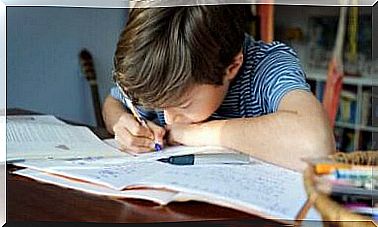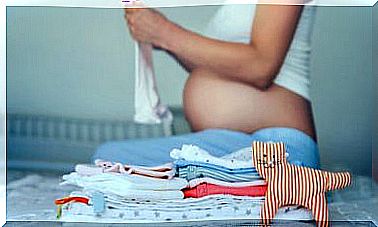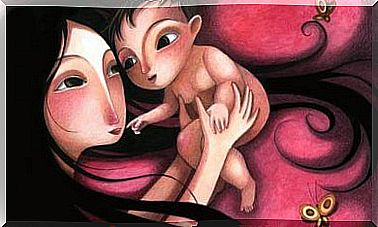Baby’s Crawling Phase
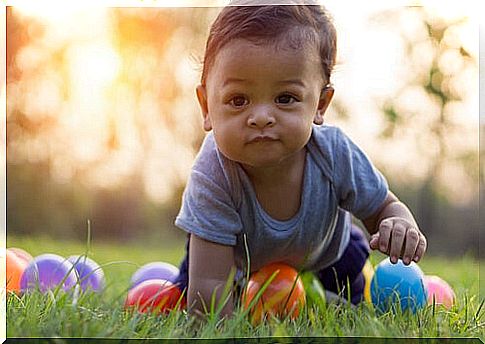
The baby’s development occurs sequentially. This means that one skill learned will help develop the next one. First, it starts with simpler actions and as the baby masters these functions, it starts to perform more complex movements. For example, before starting to walk, the baby will go through the crawling stage. This will help you move from side to side and prepare to start using your legs.
All areas of the nervous system work in a coordinated way. Each one of them interacts with the others so that all the baby’s abilities develop properly.
How does the crawling phase begin
The baby will start to enter the crawling stage around the end of the first year, around 9 months. However, we must remember that each child has their own developmental process. The crawling phase may not occur in all children. Some babies learn to walk directly, without the need to crawl first.
Movement development is divided into gross and fine motor coordination. The gross motor area is responsible for controlling posture, locomotion and body coordination. The fine motor area, in turn, is related to eye-hand coordination, graphomotor, etc…
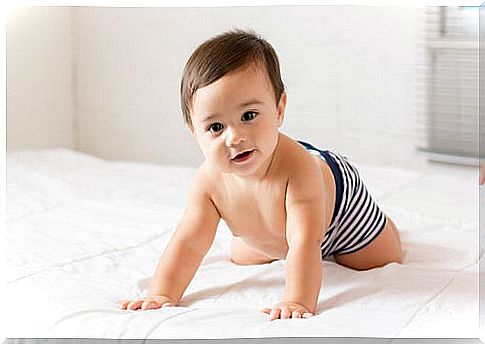
Once a child is able to hold his head up and hold his arms, he learns to turn around. This will help to start developing the following skills . The shifting action of the crawling phase requires independent rotational movements of the shoulders and hips, which must be synchronized. The factors that intervene in the development of the crawling phase are:
- The balance
- The coordination
- the body dimension
- The strength developed in the limbs
How to help your baby to crawl
Thanks to the crawling phase, the baby will be able to develop touch, vision, speech, motor coordination, sense of orientation, perception, balance and other different types of movements.
There are a few ways to help your child crawl. If you notice that your child sits unaided and is ready to start crawling, you can start putting these tips into practice:
- When your baby starts to move with your hands, you can stand behind him and direct his legs so that they perform a synchronized hand movement to start crawling. The most important thing is that when the child wants to move, use any part of the body to be able to do this.
- When your baby is seated, you can help him to support his hands in front of his body. At this point bend your knees and bring your feet back with a gentle push. This way he will be supported in the crawling position.
- As soon as the child is able to do the crawling position, he will gradually learn to move from a sitting to a crawling position. She will find that she can move back and forth when in this position.
- After this phase, the child will notice that if he pushes his knees against the floor, he will give a little impulse. This is exactly what she needs to start crawling. Finally, she will start to change from a sitting position to a crawling position without difficulty. Little by little, she perfects her new skills until she can crawl correctly. This usually happens around 12 months.
Advantages of Crawling in Baby Development
The child’s motor activity is related to the development of their intelligence. For example, in the case of writing, the child must correctly develop fine motor skills and have correct tonic-postural regulation. The act of crawling also offers important benefits in terms of learning, among which the following stand out:
- The cross pattern of movement is the neurological function that allows the body to move. It consists of moving the right arm and foot on the opposite side in a coordinated way, and doing the same with the other arm and the other foot. When babies crawl, they strengthen their muscles. This will allow them to tone their spine and help them stay upright when they get up.
- Crawling will help your baby exercise and improve his eyesight. He will learn to focus his eyes from a distance of 30 to 40 cm.
- The vestibular system that is responsible for regulating balance develops.
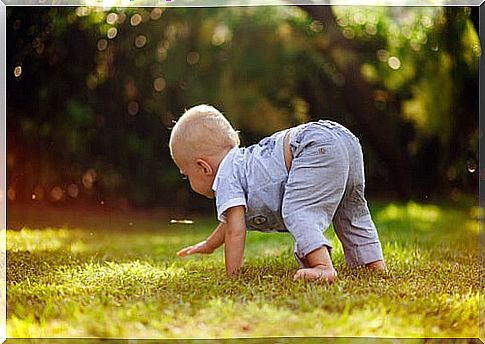
- Crawling stimulates the tactility of the palms.
- At this stage, the eye-hand coordination is also matured .
- It provides a connection between the two hemispheres of the brain, creating information routes for the maturation of cognitive functions.
- It helps to establish lateralization of the brain, around 5 or 6 years of age.
- Children develop communication skills by exploring and interacting with the world.
Learning to crawl is very important for babies as it has many benefits in their learning. Try to encourage your child with these tips so he can learn as quickly as possible.
